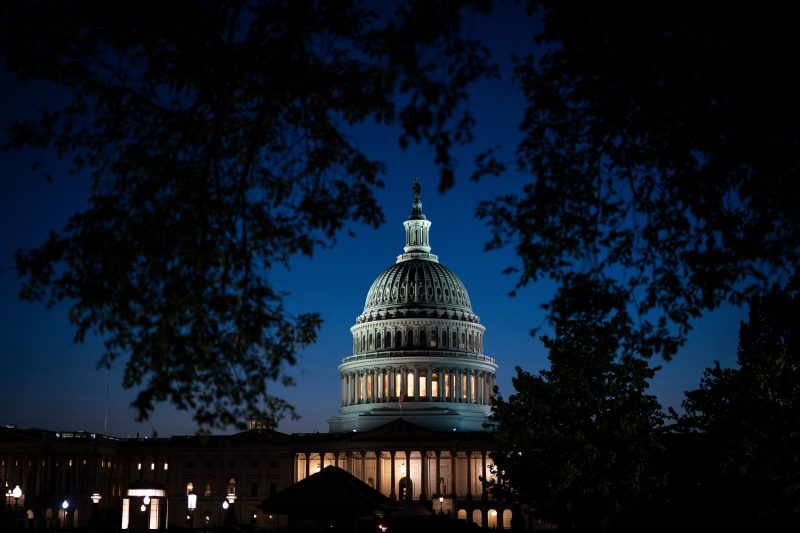The issue of deepfakes and the potential threats they pose in election campaigns is a growing concern not only in the United States but also globally. Deepfakes refer to manipulated media content that uses artificial intelligence (AI) to alter images, audio, and video to depict individuals saying or doing things that never actually occurred. In the context of election campaigns, deepfakes can be particularly harmful as they have the power to sway public opinion, manipulate the electoral process, and damage the credibility of candidates.
As the Senate pursues action against AI deepfakes in election campaigns, it is crucial to consider the implications of these deceptive practices on democracy and the integrity of the electoral system. By harnessing the capabilities of AI and machine learning algorithms, malicious actors can create highly convincing deepfakes that are increasingly difficult to detect. This poses a significant challenge for election officials, political candidates, and voters alike, as it becomes harder to discern authentic content from manipulated material.
One of the key concerns surrounding AI deepfakes in election campaigns is the potential for misinformation and disinformation to spread rapidly, influencing public perception and voter behavior. With the rise of social media platforms as primary sources of news and information, deepfakes can quickly go viral, reaching a wide audience and amplifying their impact. This can lead to public distrust in political institutions, sow confusion among voters, and ultimately undermine the democratic process.
In response to these challenges, the Senate is exploring various measures to counter the proliferation of AI deepfakes in election campaigns. One approach involves enhancing technological capabilities to identify and flag manipulated content through the use of digital forensics, blockchain technology, and other tools. By investing in advanced detection methods, policymakers can better safeguard the electoral process and mitigate the risks associated with deepfake manipulation.
Another proposed solution is to establish clear regulations and guidelines governing the use of AI deepfakes in election campaigns. By setting strict standards for the creation and dissemination of manipulated media content, lawmakers can deter malicious actors from engaging in deceptive practices and hold them accountable for any violations. Additionally, increased transparency requirements for political advertising and social media platforms can help raise awareness about the presence of deepfakes and empower voters to make informed decisions.
Furthermore, collaboration between government agencies, tech companies, and cybersecurity experts is essential in combatting the spread of AI deepfakes in election campaigns. By fostering partnerships and sharing information and resources, stakeholders can work together to develop comprehensive strategies for detecting and mitigating the impact of deepfake manipulation. Through coordinated efforts and cooperation, it is possible to strengthen the resilience of electoral systems and safeguard the integrity of democratic processes.
In conclusion, the Senate’s pursuit of action against AI deepfakes in election campaigns underscores the importance of addressing this emerging threat to democracy. As advancements in AI technology continue to evolve, it is imperative for policymakers, technology providers, and civil society to work together in countering the risks posed by deepfake manipulation. By implementing robust detection mechanisms, enacting effective regulations, and fostering collaboration across sectors, we can mitigate the impact of AI deepfakes and uphold the principles of free and fair elections.


























